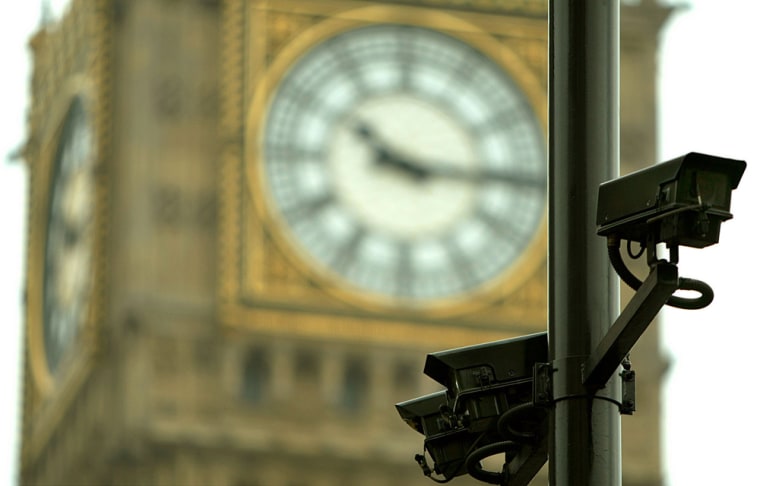Closed-circuit TV cameras track people in the British capital almost everywhere they go. Now, those recordings could help police determine who staged Thursday’s bloody subway and bus explosions.
More than 6,000 cameras monitor the Underground subway network and 1,800 watch the city’s train stations. Cameras also have been installed on some London buses.
In addition, more people carry pocket-size digital cameras and camera cell phones, and footage taken inside subway cars had found its way to British TV by Thursday afternoon.
“Clearly we’ve had considerable success in the past using closed-circuit television footage to trace the movements of people involved” in various crimes, Deputy Assistant Commissioner Brian Paddick said after the attacks.
Screening the footage will be one of the first priorities for police, as important as securing forensic evidence from the scene, he said.
An estimated 4.2 million cameras — largely concentrated in London and other major cities —observe Britons as they go about their daily business, whether they’re waiting for a bus, riding a train, lining up at a bank or parking a car in a public garage.
Britain turned to closed-circuit TV monitoring to deter and help solve terror attacks by the Irish Republican Army, after deadly IRA bombings in London in 1992 and 1993.
More and more ‘eyes’ on Britons
The cameras became more prevalent as technology became more affordable. Today, it is widely estimated that the average Briton is caught on various cameras up to 300 times on a normal day.
The ubiquitous security cameras have given Britain a reputation as a world leader in surveillance. They also have inspired criticism that the constant monitoring resembles the Orwellian concept of “Big Brother.”
Some critics say the system is of limited use, because the monitoring screens at the command post aren’t closely watched in real time. That means police rarely use the footage to stop a crime in progress but only for investigations afterward.
But screening the footage has become part of routine police operations — and with some success. Closed-circuit video helped resolve several high-profile investigations last year: a 12-year-old boy who robbed a store at gunpoint; the disappearance of a doctor; attacks by a serial rapist; a father and son hit by a train; a series of school laptop computer thefts; and a soccer riot.
